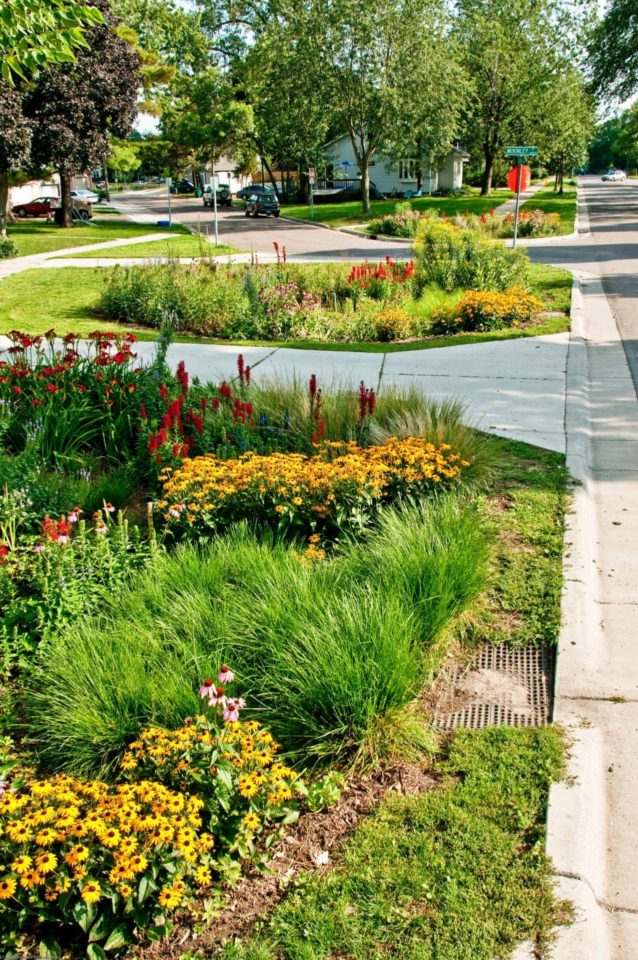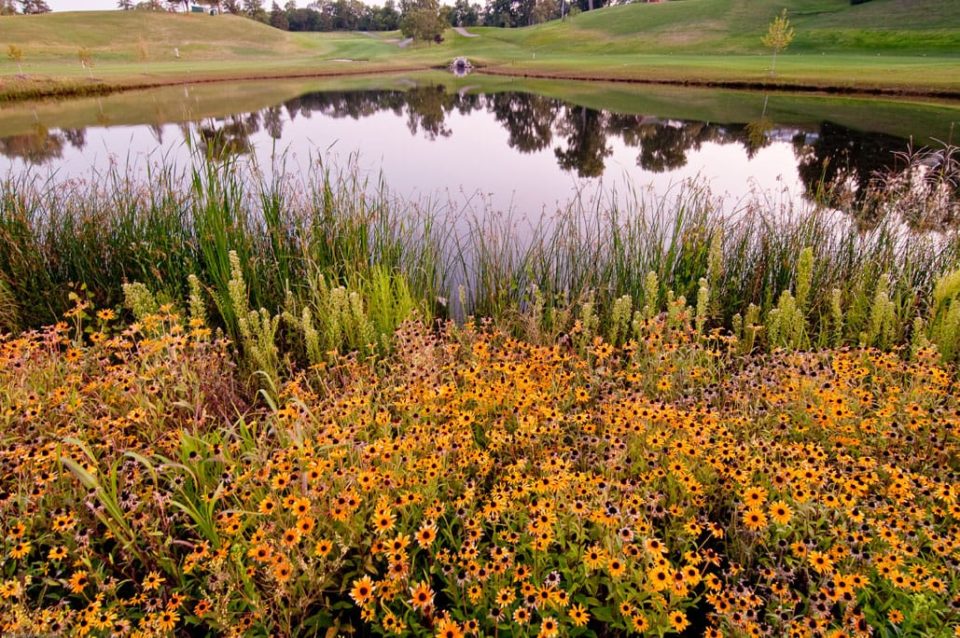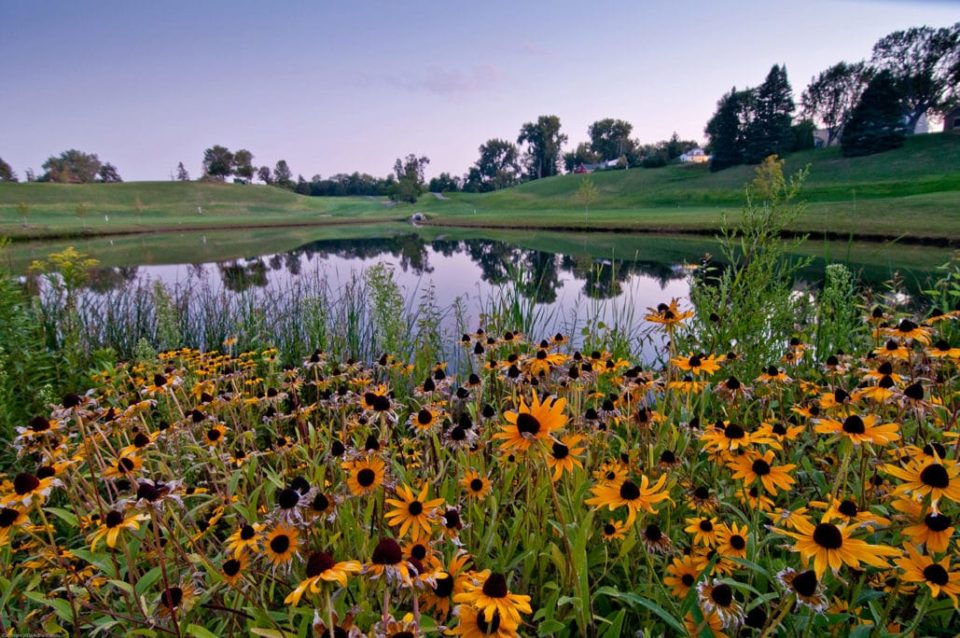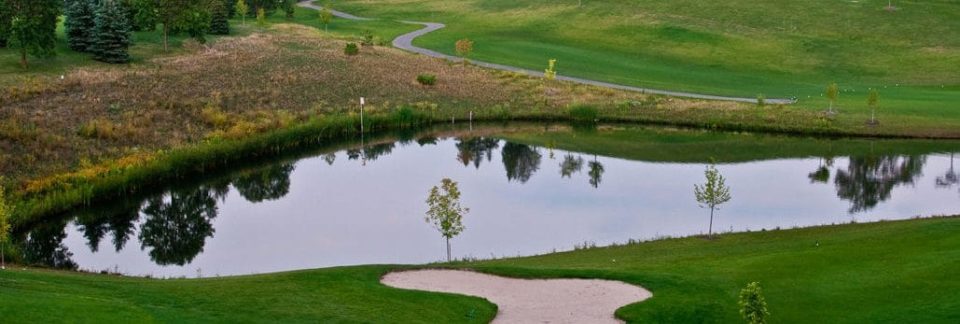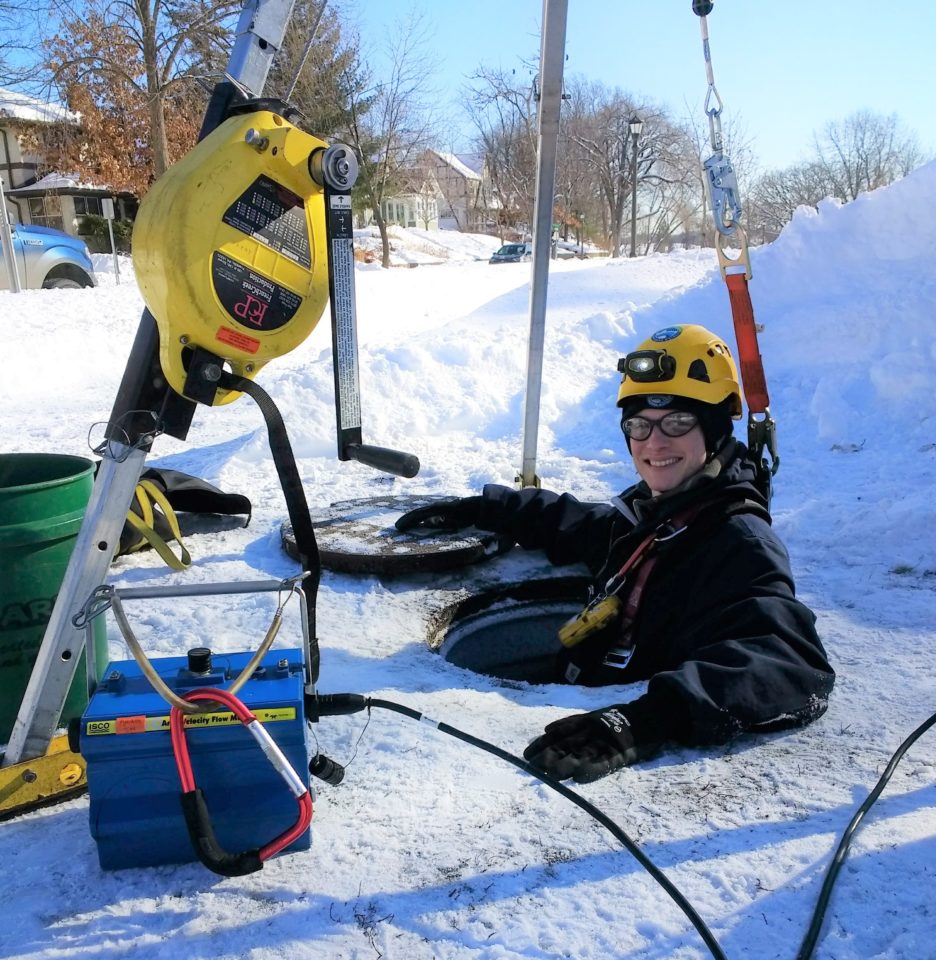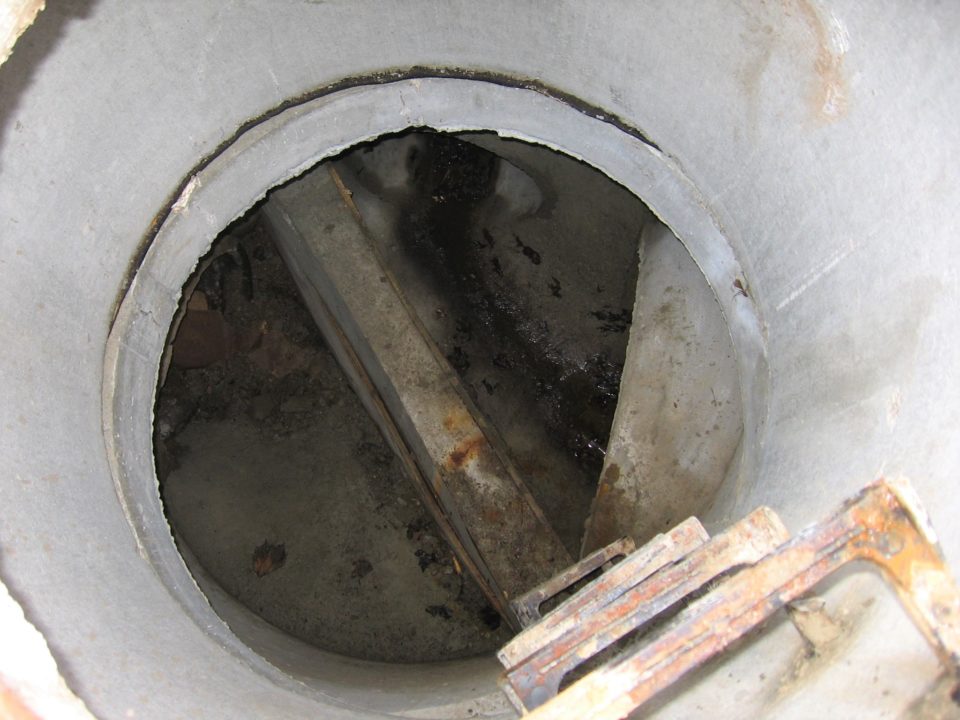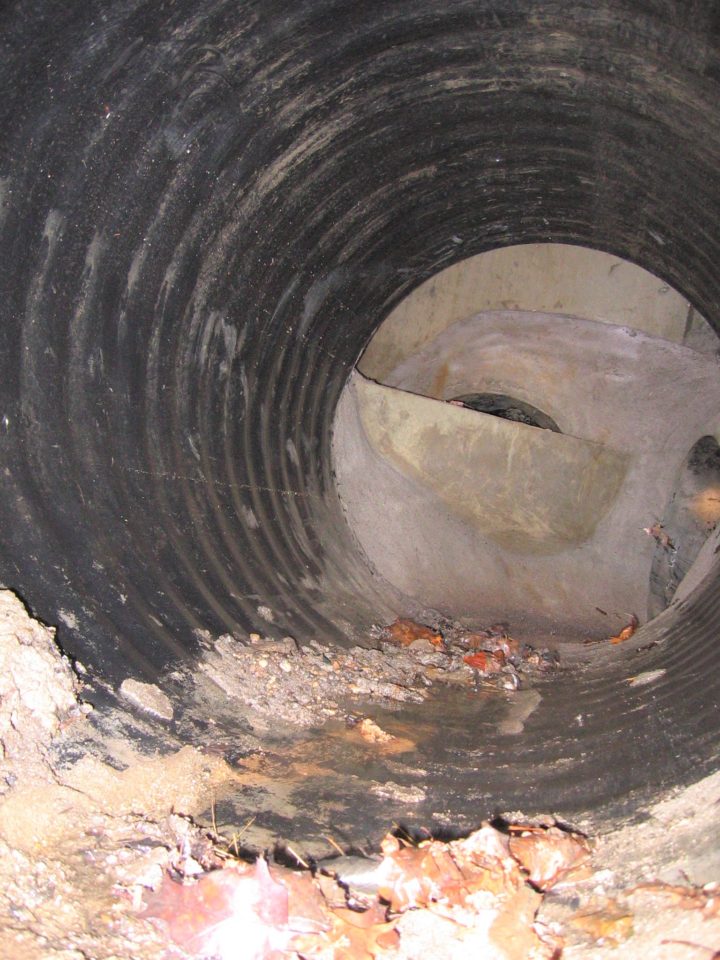Protecting a Well-Loved Community Water Resource
Como Lake is an important recreation spot for the City of Saint Paul. Surrounded by Como Park, the lake is a key feature of the North End neighborhood and well-loved by residents and visitors alike.
Water quality in Como Lake is also an indicator of broader water resource issues within the watershed. Poor water quality has caused periodic problems, such as unpleasant odors in the area around the lake. Additionally, excessive runoff has caused flooding in the immediate area surrounding Como Lake.
Capitol Region Watershed District (CRWD), along with Ramsey County, the cities of Saint Paul, Falcon Heights and Roseville, have worked together to evaluate, design, construct and fund several stormwater projects in an area west of Como Lake to address these problems.


